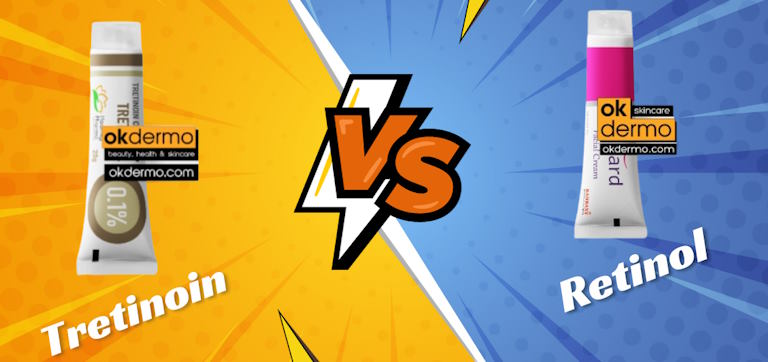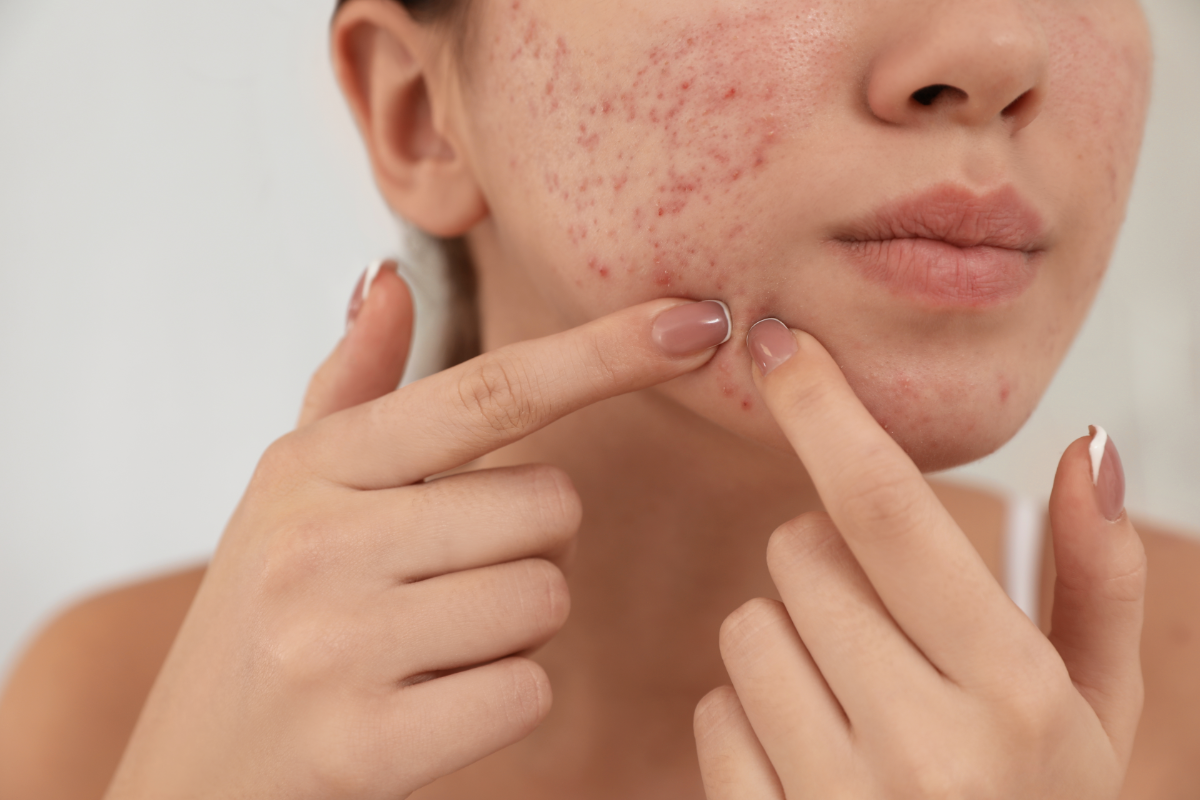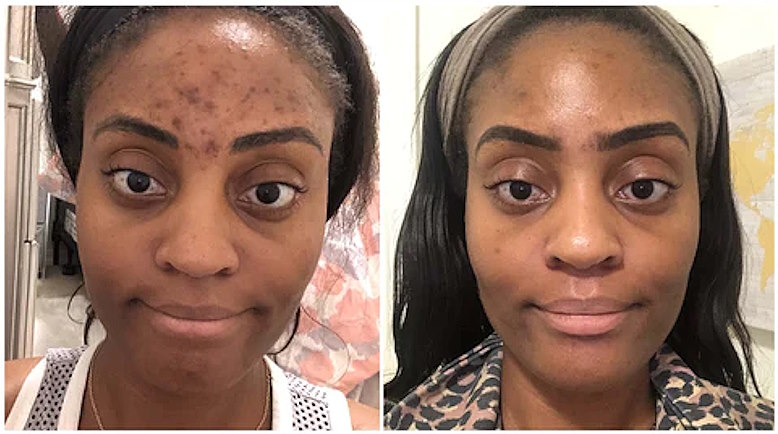Tretinoin vs. Retinol: Key Differences – Which is Right for You
Table of Contents
When it comes to skincare, there are numerous products available in the market and among them, two popular choices for addressing multiple skin concerns like acne, wrinkles, and hyperpigmentation simultaneously are Tretinoin and Retinol.
While both are derived from Vitamin A, they offer similar benefits with almost the same mechanism of action.
But what sets them apart? And which one is right for you? In this article, we’ll delve into the science behind these skincare saviors, comparing their benefits, side effects, and various use cases with examples.
So, keep scrolling down to learn how you can build a personalized skincare routine with the ideal retinoid your skin needs.
Tretinoin vs Retinol – What is the difference?
Tretinoin, also known as Retinoic Acid, is a prescription-strength topical medication that is commonly used to treat acne and reduce signs of aging. It works by increasing cell turnover, unclogging pores, and promoting collagen production.
On the other hand, Retinol is an over-the-counter derivative of Vitamin A that is converted into retinoic acid by the skin. It offers similar benefits to Tretinoin but at a lower concentration.
The main difference between Tretinoin and Retinol lies in their potency. Tretinoin is generally considered more powerful due to its direct conversion into retinoic acid within the skin cells. This allows it to penetrate deeper into the skin layers and deliver faster results compared to Retinol.
-
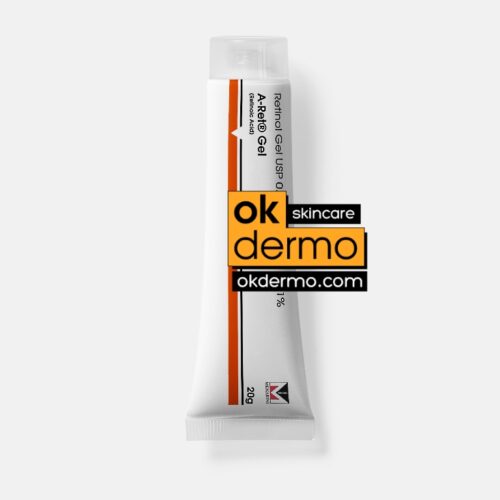
A-Ret® Tretinoin Retinoid Skin Gel
Tretinoin 0.025% / 0.05% / 0.1% USP
Size: 20g / 0.7oz
Brand name: Retin-A Gel, Atralin, Renova, Avita
From USD $25.00 Select options -
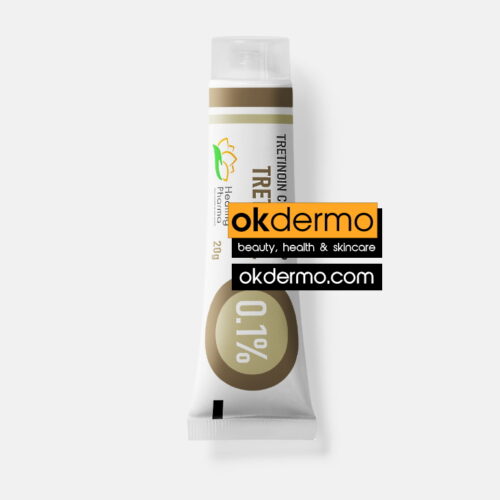
Retin-A® Tretinoin Topical Cream
Tretinoin Cream USP 0.025% / 0.05% / 0.1%
Size: 20g / 0.7oz, 30g / 1.05oz
Brand name: Retin-A, Vitacid, Renova, Avita, Refissa, Atralin, Tretin-X, Rejuva-A, Stieva-A, Tretinoïne, Retacnyl
From USD $26.00 Select options -
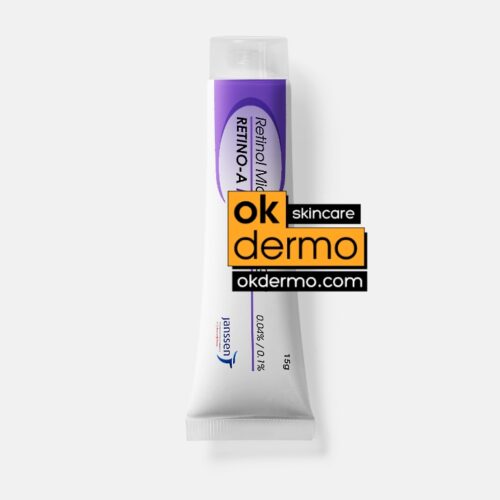
Retin-A Micro® Tretinoin Gel Micronized
Tretinoin Microspheres™ 0.04% / 0.1%
Size: 15g / 0.53oz
Brand name: Retin-A Micro Gel, Atralin, Renova, Avita, Supatret, Signatret, Trunex
From USD $25.00 Select options
However, with greater potency comes a higher risk of side effects such as dryness, redness, peeling, and sensitivity to sunlight. Tretinoin should be used under medical supervision and may not be suitable for individuals with sensitive or reactive skin types.
On the other hand, Retinol offers a milder approach with fewer side effects but slower results. It can be a good starting point for those new to Vitamin A derivatives or individuals with sensitive skin who cannot tolerate higher concentrations of Tretinoin.
-
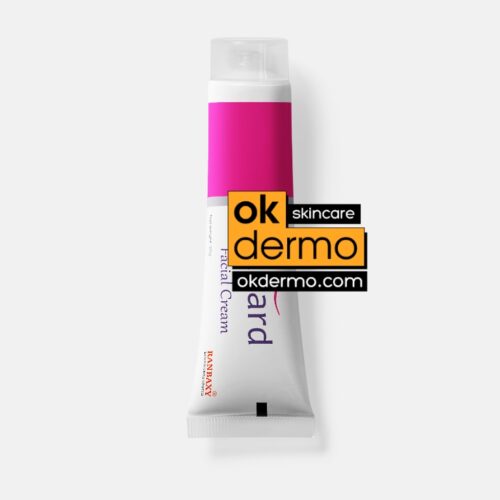
Yugard® Retinol Anti-Ageing Cream
Retinol 0.15% Facial Treatment
Size: 30g / 1.05oz
USD $46.00 Add to cart -
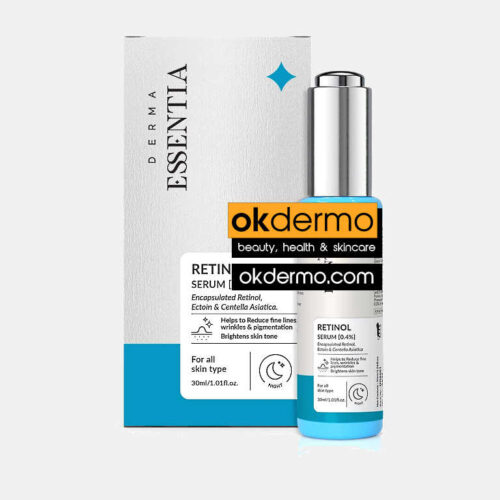
Retinol Serum 0.4%® For Fine Lines
Encapsulated Retinol 0.4% + Ectoin + Beta-Glucan
Size: 30ml / 1fl.oz
USD $34.00 Add to cart -
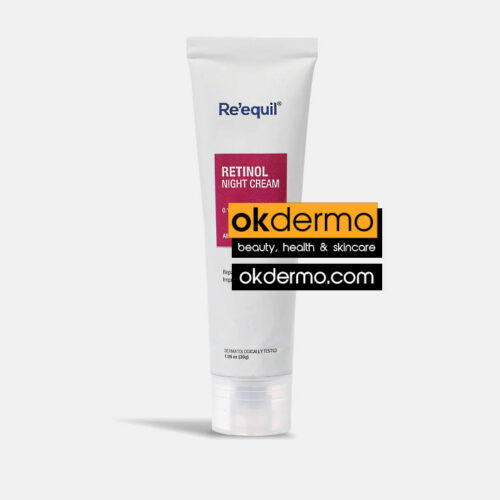
Retinol Night® Wrinkles & Skin Tightening Cream
Retinol 0.1% + Bidens Pilosa Extract + Elaeis Guineensis Oil
Size: 30g / 1oz
USD $28.00 Add to cart -
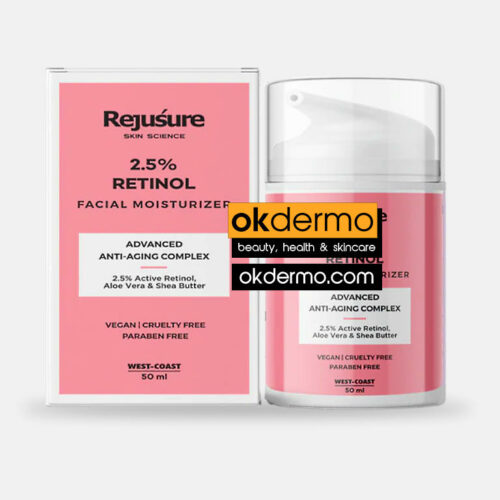
Rejusure Retinol® Facial Moisturiser
Retinol 2.5% + Aloe Vera + Shea Butter
Size: 50ml / 1.7fl.oz
Brand name: SkinCeuticals Retinol, Paula's Choice Clinical Retinol, RoC Retinol Correxion, Olay Retinol24
USD $27.00 Add to cart
The Key differences between Tretinoin and Retinol can be summarized as follows.
Tretinoin:
- Type: Prescription medication.
- Mechanism of Action: Tretinoin is a derivative of vitamin A that binds directly to nuclear retinoic acid receptors. This binding influences gene transcription, leading to increased cell turnover. The result is the prevention of new comedones (clogged hair follicles) and the promotion of the extrusion of existing ones.
- Use: Commonly prescribed for acne and certain other dermatological conditions.
- Potency: High potency, providing relatively quicker results.
- Tolerance: This can cause skin irritation and may require a gradual introduction.
Retinol:
- Type: Over-the-counter (OTC) product.
- Mechanism of Action: Retinol is also a vitamin A derivative. It undergoes conversion into its active form in the skin. Similar to Tretinoin, it promotes cell turnover but to a milder extent.
- Use: Often used for anti-aging purposes and as a milder alternative to prescription retinoids.
- Potency: Lower potency compared to Tretinoin, leading to a more gradual onset of results.
- Tolerance: Generally, better tolerated than Tretinoin, making it suitable for individuals with sensitive skin.
Tretinoin vs Retinol in Wrinkle Management
When choosing between tretinoin and retinol for wrinkle management, factors such as skin sensitivity, the severity of wrinkles, and the need for prescription medication should be considered.
In general, for individuals with moderate to severe wrinkles, especially those in their mid-40s and older, Tretinoin is often the preferred option.
Tretinoin accelerates skin cell turnover, promotes collagen production, and effectively addresses more advanced signs of aging. This strong pharmacological action makes it suitable for individuals with noticeable wrinkles and skin damage.
On the other hand, for individuals with mild to moderate wrinkles, particularly those in their late 20s to early 40s, retinol may be a more suitable choice.
It provides anti-aging benefits by stimulating collagen synthesis and promoting skin renewal but with a gentler approach. This makes it suitable for younger individuals who may not need the potency of tretinoin.
In summary, consider tretinoin for more severe wrinkles in older individuals, while retinol can be a suitable starting point for milder wrinkles in a younger population.
Tretinoin vs Retinol in Acne Management
When choosing between tretinoin and retinol for acne, the severity of the acne and the skin sensitivity are generally taken into consideration.
How to assess the severity of acne
Determining the severity of acne involves assessing the number, type, and distribution of lesions on the skin. The severity is commonly categorized as mild, moderate, or severe. Here’s how severity impacts the choice between tretinoin and retinol:
- Mild Acne:
- Characteristics: Few papules and pustules, minimal inflammation.
- Choice: Retinol may be appropriate for mild acne. Its gentler nature helps promote skin renewal and prevent the formation of new lesions without the potential irritation associated with stronger retinoids.
- Moderate Acne:
- Characteristics: More numerous papules and pustules, possible comedones, moderate inflammation.
- Choice: Both tretinoin and retinol could be considered. Tretinoin, being more potent, is often preferred for faster results in reducing inflammation and preventing new lesions. Retinol may be suitable for individuals with sensitivity or as a starting point.
- Severe Acne:
- Characteristics: Numerous papules, pustules, and nodules, significant inflammation.
- Choice: Tretinoin is usually the preferred option for severe acne. Its strong anti-inflammatory and comedolytic effects make it effective in managing more advanced cases. The potency of tretinoin is particularly beneficial when dealing with severe acne lesions.
-
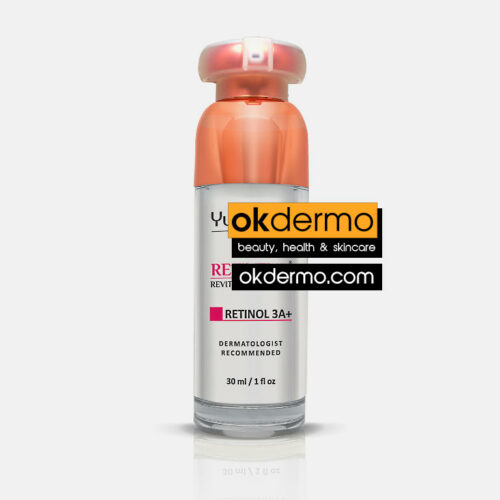
RETINEXT® Retinol 3A+ Intensive Anti-Aging Serum
Encapsulated Retinol 3A + Niacinamide + Hyaluronic Acid + Aquaxyl + Co-Enzyme Q10 + Vitamin E
Size: 30ml / 1fl.oz
USD $63.00 Add to cart -
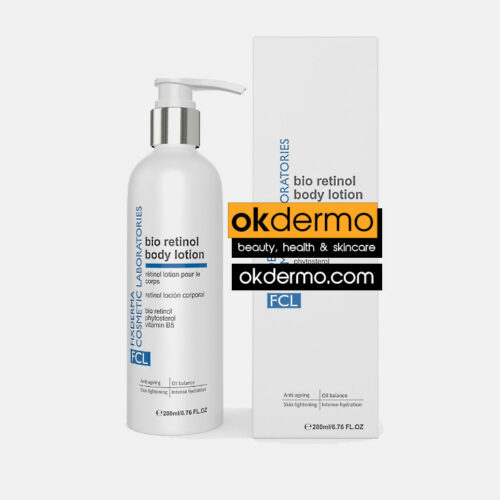
FCL® BIO Retinol Anti Ageing Body Lotion
Revinage®: Bio Retinol + Phytosterol + Panthenol Pro-Vitamin B5
Size: 200ml / 6.8fl.oz
USD $44.00 Add to cart -
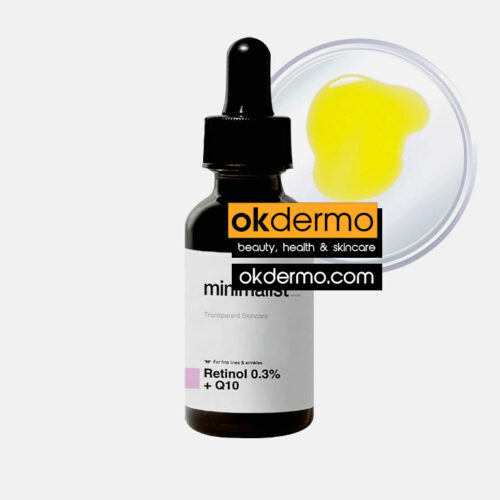
Minimalist® Retinol Powerful Anti-Aging Face Serum
Retinol 0.3% + Ubiquinone / Coenzyme Q10 + Bakuchiol Oil + Squalane
Size: 30ml / 1fl.oz
USD $25.00 Add to cart -
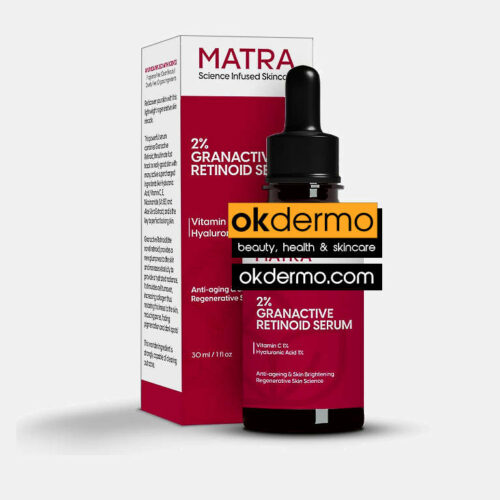
Granactive Retinoid Anti-Aging Serum
Granactive Retinoid 2% + Hyaluronic Acid 1% + Niacinamide + Vitamin C 1% + Vitamin E
SIze: 30ml / 1fl.oz
USD $33.00 Add to cart
Tips for Building a Skincare Routine with Retinoids
In crafting a skincare routine with either tretinoin or retinol, understanding the basic application techniques is key to optimizing results. The key differences between the approach of product applications can be summarized as follows.
Build a Skincare Routine with Tretinoin!
- Application Timing:
- Apply a pea-sized amount in the evening, after cleansing.
- Use on dry skin to minimize irritation.
- Wait for 20-30 minutes before applying other products.
- Frequency:
- Start with once or twice a week, gradually increasing as tolerated.
- Avoid using it on consecutive nights initially.
- Moisturization:
- Use a gentle, non-comedogenic moisturizer to combat dryness.
- Moisturize before or after tretinoin application, depending on tolerance.
- Sun Protection:
- Apply a broad-spectrum sunscreen (SPF 30 or higher) every morning.
- Tretinoin increases sensitivity to sunlight.
- Products to Avoid:
- Harsh cleansers, astringents, and products containing benzoyl peroxide or salicylic acid may exacerbate irritation.
- Waxing or abrasive facial treatments should be avoided.
-
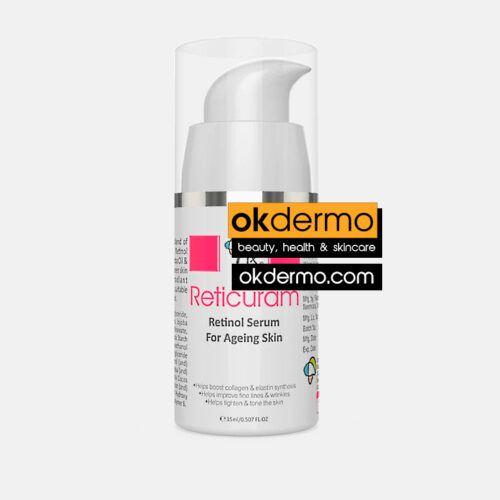
Reticuram® Retinol Serum
RetiStar® Liposomal Retinol + Vitamin C + Jojoba Oil + Shea Butter
Size: 15ml/0.5fl.oz
USD $36.00 Add to cart -
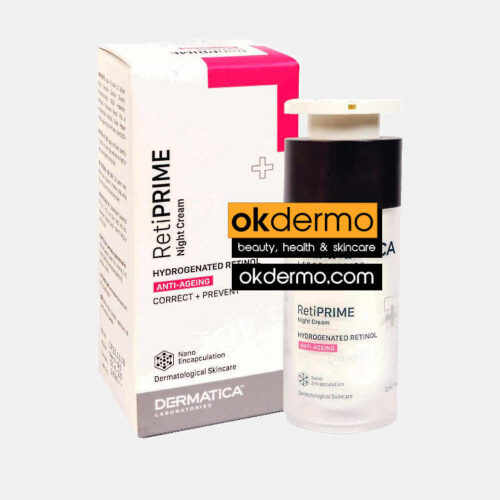
RetiPRIME® Anti-Ageing Retinol Night Cream
Hydrogenated Retinol + Crambe Maritma Leaf Extract + Dictyopteris Membrane
Size: 30ml / 1fl.oz
USD $58.00 Add to cart -
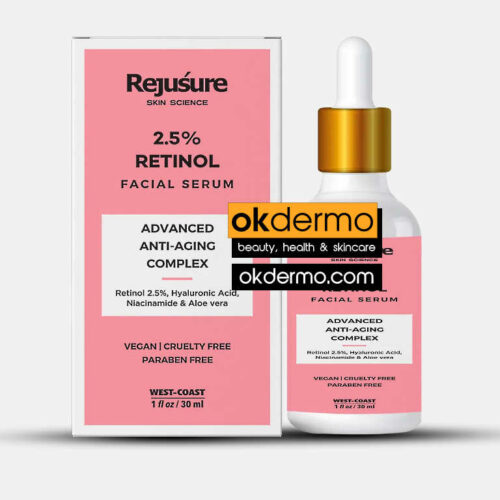
Rejusure® Retinol Facial Serum
Vitamin A 2.5% + Hyaluronic Acid + Niacinamide + Aloe Vera + Vitamin E
Size: 30ml / 1fl.oz
USD $22.00 Add to cart -
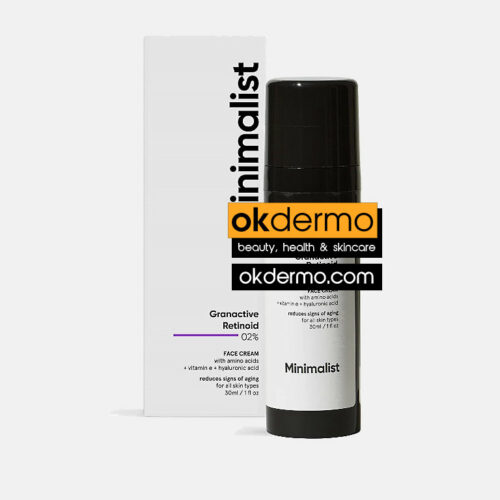
Minimalist® Granactive Retinoid 02% Night Cream
Wrinkle Remover With Retinol Derivative For Sensitive Skin
Size: 30ml / 1fl.oz
USD $34.00 Add to cart
Build a Skincare Routine with Retinol!
- Application Timing:
- Similar to tretinoin, apply in the evening on clean, dry skin.
- Allow time for absorption before applying additional products.
- Frequency:
- Can be used more frequently than tretinoin, depending on the product’s strength and skin tolerance.
- Start with 2-3 times a week and adjust as needed.
- Moisturization:
- A moisturizer helps counteract dryness or peeling, especially during initial use.
- Apply before or after retinol, depending on preference.
- Sun Protection:
- Sunscreen application is crucial, as retinol can increase sun sensitivity.
- Use a sunscreen with at least SPF 30 daily.
- Products to Avoid:
- Similar to tretinoin, avoid harsh cleansers and other potentially irritating products.
-
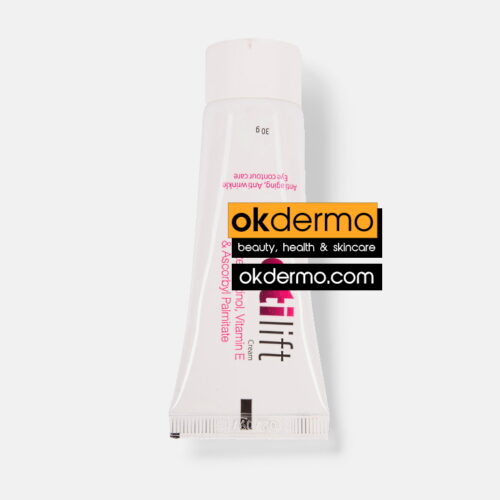
Retilift® Eye Contour Care Cream
Retinol 0.15% + Vitamin E + Ascorbyl Anti Wrinkle Eye Contour Care
Size: 30g / 1.05oz
USD $34.00 Add to cart -
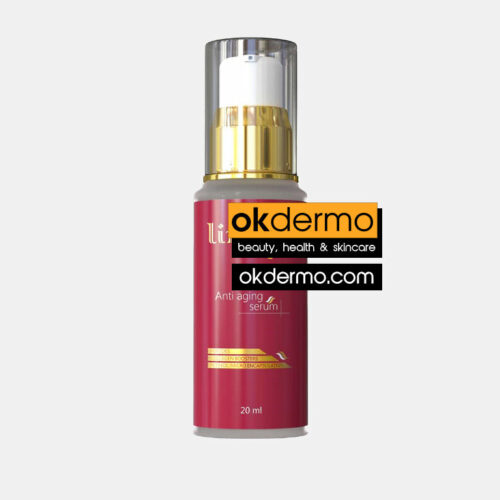
Liftage® Anti-Aging Face Serum
Tripeptide-1 + Tripeptide-5 + Collagen Boosters + Retinol (Micro Encapsulated)
Size: 20ml / 0.7fl.oz
USD $42.00 Add to cart -
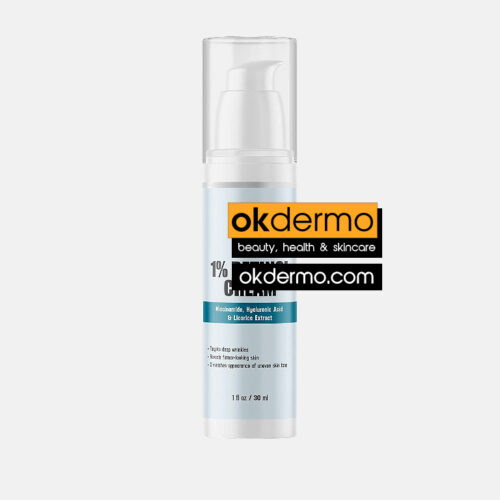
Azani® Active Care 1% Retinol Cream
Retinol + Shea Butter + Niacinamide + Hyaluronic Acid + Licorice Extract
Size: 30ml / 1fl.oz
USD $34.00 Add to cart -
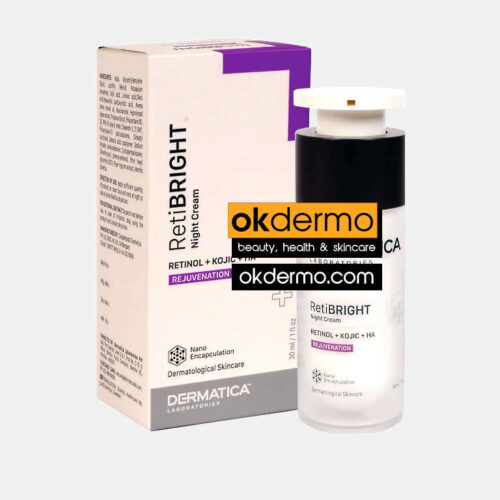
RetiBRIGHT® Rejuvenation Night Cream
Encapsulated Retinol + Nano Kojic Acid + Hyaluronic Acid
Size: 30ml / 1fl.oz
USD $42.00 Add to cart
General Tips for Both:
Patience is Key:
- Results take time; improvement may be seen after several weeks to months.
- Avoid overusing initially to minimize irritation.
Consistency:
- Regular use is essential for optimal results.
- Missing applications occasionally won’t significantly impact efficacy.
Consultation:
- Always consult with a healthcare professional or dermatologist before starting retinoid therapy.
- Discuss any concerns or side effects promptly.
Conclusion
Choosing between Tretinoin and Retinol ultimately depends on your specific skincare needs and preferences.
If you have severe acne or deep wrinkles that require intensive treatment, consulting a dermatologist for a prescription strength product like Tretinoin may be beneficial.
However, if you have mild to moderate skin concerns or prefer a gentler approach, Retinol can be a suitable option.
In summary, Tretinoin and Retinol are both effective ingredients for addressing various skin concerns, and it is always recommended to consult with a skincare professional or dermatologist to determine the most suitable retinoid for your specific individual needs.
FAQs
-
Which is better: Tretinoin or Retinol?
Choosing between tretinoin and retinol depends on your specific skincare needs. Tretinoin, being a prescription-strength retinoid, is more potent and effective for addressing severe concerns like acne and deep wrinkles. Retinol, available over-the-counter, is milder and suitable for early signs of aging. Therefore, the “better” option varies based on individual skin concerns and preferences.
-
Will tretinoin remove dark spots?
Yes, tretinoin is known for its efficacy in treating hyperpigmentation, including dark spots. It works by promoting skin cell turnover and preventing the buildup of pigment. However, results may take time, and consistent use, along with sun protection, is essential for optimal outcomes.
-
Can you buy tretinoin over the counter?
Yes, you can buy it at OKDERMO Store over the counter. It is a potent retinoid that requires a professional evaluation to determine the appropriate concentration and usage for individual skin types.
-
Why does tretinoin require a prescription?
Tretinoin is a potent derivative of vitamin A, and its strength makes it effective in treating various skin conditions. However, this potency also increases the risk of side effects such as irritation, dryness, and peeling. A dermatologist’s prescription ensures that the concentration of tretinoin is tailored to your skin’s needs, and its usage is supervised to minimize potential adverse effects.
References
- Draelos ZD, Peterson RS. A Double-Blind, Comparative Clinical Study of Newly Formulated Retinol Serums vs Tretinoin Cream in Escalating Doses: A Method for Rapid Retinization With Minimized Irritation. J Drugs Dermatol. 2020 Jun 1;19(6):625-631. doi: 10.36849/JDD.2020.10.36849/JDD.2020.5085. PMID: 32574009.
- Griffiths CE, Goldfarb MT, Finkel LJ, Roulia V, Bonawitz M, Hamilton TA, Ellis CN, Voorhees JJ. Topical tretinoin (retinoic acid) treatment of hyperpigmented lesions associated with photoaging in Chinese and Japanese patients: a vehicle-controlled trial. J Am Acad Dermatol. 1994 Jan;30(1):76-84. doi: 10.1016/s0190-9622(94)70011-7. PMID: 8277035.
- Chien AL, Kim DJ, Cheng N, Shin J, Leung SG, Nelson AM, Zang J, Suh H, Rainer B, Wallis L, Okoye GA, Loss M, Kang S. Biomarkers of Tretinoin Precursors and Tretinoin Efficacy in Patients With Moderate to Severe Facial Photodamage: A Randomized Clinical Trial. JAMA Dermatol. 2022 Aug 1;158(8):879-886. doi: 10.1001/jamadermatol.2022.1891. PMID: 35675051; PMCID: PMC9178500.
- Farris P. SUPPLEMENT ARTICLE: Retinol: The Ideal Retinoid for Cosmetic Solutions. J Drugs Dermatol. 2022 Jul 1;21(7):s4-s10. doi: 10.36849/JDD.SO722. PMID: 35816071.
Post by:
Marcella Jiovanni
Skin Care Professional
“Marcella Jiovanni actively promotes the importance of maintaining healthy skin, she envisions the future of dermatology as moving away from pure medical, pharmacological dermatology and flowing more toward a holistic approach to wellness and skincare.”

